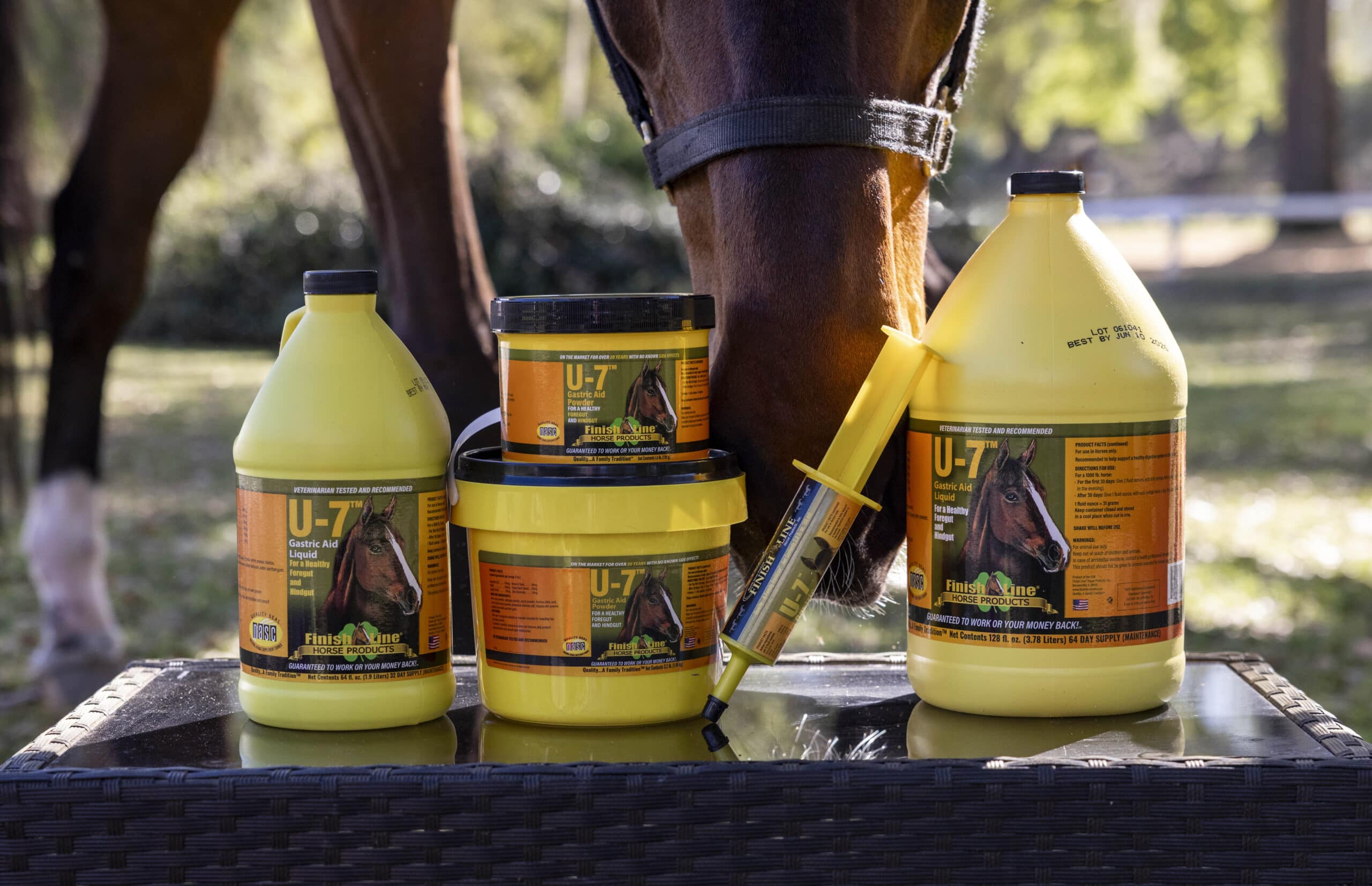Throughout their lives, horses face the risk of chronic or short-term back pain. Speaking to Everyday Health, veterinarian Carol Vischer, who runs a clinic in Saratoga Springs, New York, said that 90 percent of the horses she treats are experiencing pain from either a chronic condition or the result of some incident. Understanding and treating these health concerns is an ongoing job for researchers and medical doctors alike, as new facts and methods are generated all the time. The latest such development involves a new report from The Animal Health Trust, offering fresh insights into better diagnosing back pain in horses.Issues with the sacroiliac joint
Dr. Sue Dyson, head of Clinical Orthopedics at the AHT, led a team of experts in order to explore pain in the region surrounding the sacroiliac joint. Also referred to as the SI, this joint runs from the horse’s pelvis up through the vertebral column. Primarily, the team examined how pain in this region might contribute to lameness in the hindlimbs or a horse’s diminished performance ability. By examining some 400 separate animals, each with SI pain, the researchers made a number of important observations:
- Horses experienced the most severe back pain while riding
- Back pain generally reduced the quality of a horse’s cantering
- In order to cope with the pain, a horse might either buck during their canter or express reluctance to canter entirely
According to researchers, these behaviors helped highlight the importance of proper examination techniques. Namely, that any such exam should be done while a horse is under saddle to determine the severity of the underlying problems.
Solutions for SI-related pain
According to Dyson, the results helped to demonstrate that nerve blocking is a way of diagnosing and treating SI joint pain. However, Dyson and her team stressed that the block is just the first step in a somewhat extensive process.
For this particular study, the AHT team relied on a multi-tiered approach. First, they blocked the SI joint to create a condition that’s called diagnostic analgesia, in which the horse cannot feel pain in the affected region. Once the pain had passed, the horse then underwent two subsequent procedures. The first involved ultrasonography, in which a picture is created through sound waves. The last test involved nuclear scintigraphy, in which a horse consumes certain radioisotopes and has body scans done using a gamma camera. The result is two-dimensional imagery of the affected region.
It’s through this extended method that researchers had the best chance of diagnosing the pre-existing condition that caused the SI joint pain. Otherwise, results were markedly different. Only 42 percent of horses who responded to the SI block and underwent scintigraphy showed abnormal radiopharmaceutical uptake. This increased level is just one way in which scintigraphy helps diagnose bone problems, according to HealthTap. That means that each step in AHT’s process was crucial and provided the most definitive map of the horse’s health.
Issues with diagnostic analgesia
It’s worth noting that nerve blocks are already a regular part of the diagnostic process. However, by pairing them with other procedures, the researchers were undoubtedly trying to deal with certain issues that surround diagnostic analgesia as a medical tool. According to TheHorse.com, use of these nerve blocks can sometimes result in either false positives or false negatives. There’s a whole host of reasons as to why vets might inaccurately interpret nerve-blocking results, including:
- The anesthetic was delivered incorrectly
- The horse’s lameness is intermittent
- The wrong limb or region was evaluated
- There is pain that can be too severe for proper diagnosis
- Certain bone diseases can interfere with tests
While the AHT’s methods might better address these concerns, there’s other steps that can be taken as well. For instance, horses should be examined no longer than 10 minutes after receiving the nerve block injection. Additionally, leakage should always be a concern, as the anesthetic can move into the nerve bundle and throw off the test entirely.
Building a better back
One of the ways to ensure a horse might avoid certain back injuries is through the continual use of supplements. With nutrients like copper and several B vitamins, Total Control® promotes the growth of healthy bones. Strong bones need strong muscles. Muscle Tone™ supports healthy muscle development and capability.











